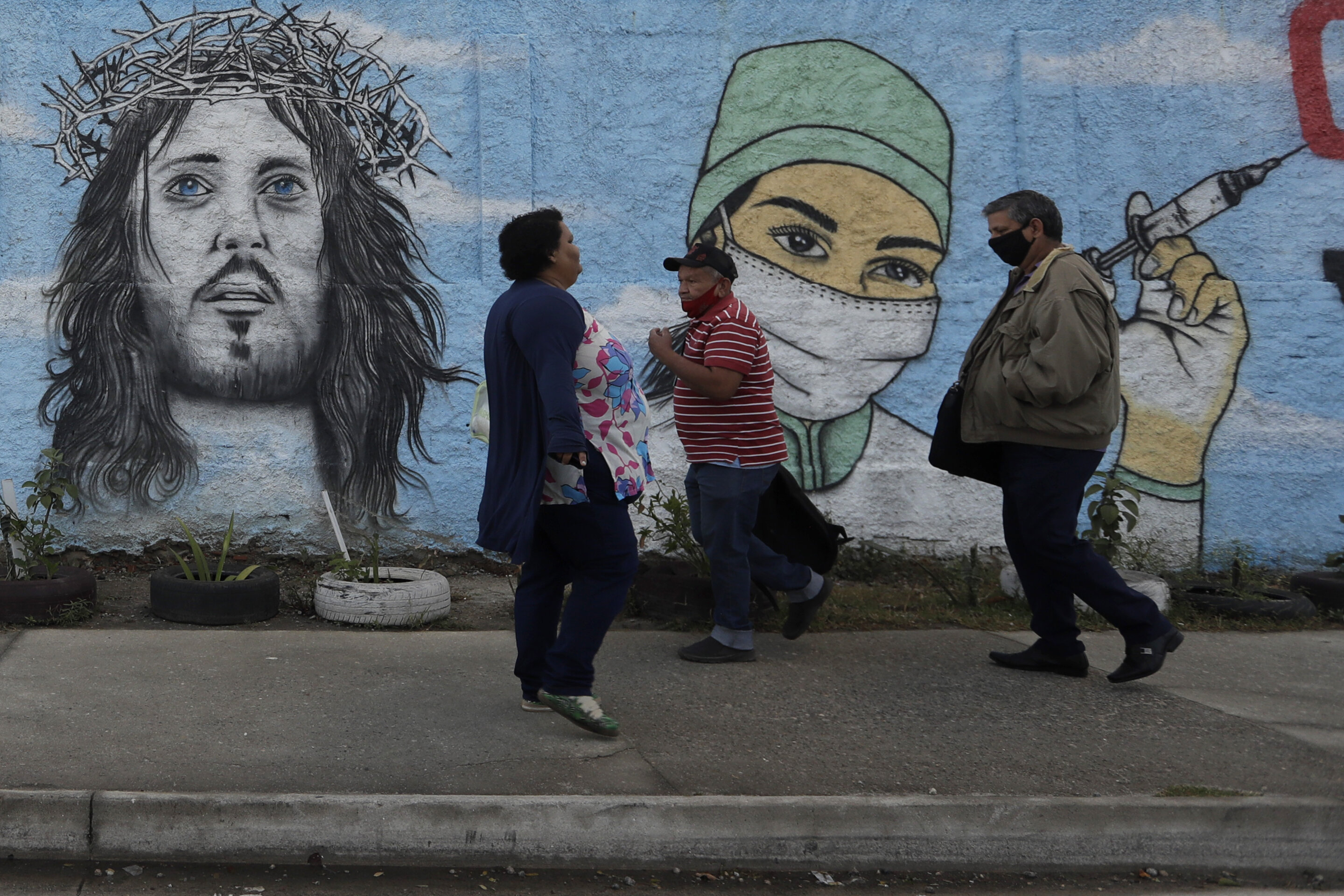#Kendra’s Law must be expanded to tackle the mental health crisis in NYC

Table of Contents
“Kendra’s Law must be expanded to tackle the mental health crisis in NYC”
In trying to make sense of the mental health crisis in New York, the standard question to ask is: What’s this city’s excuse?
The state Medicaid program is the most expensive in the nation and New York City’s metro area boasts the densest concentration of psychiatrists of any in the US. Most counties don’t even have one psychiatrist. And yet, untreated mental illness is, if anything, even more of a scandal here than elsewhere.
Kendra’s Law is the rare example of where New York does something right. This court-ordered supervised outpatient treatment program has stabilized thousands of the kind of mentally ill individuals so often caught up in street mayhem these days.
So how can we use Kendra’s Law more?
They need help
Expanding Kendra’s Law means finding people who would benefit from the program but are not currently in it.
State law defines the eligibility criteria. To be considered for Kendra’s Law, you must be an adult with a serious mental illness and a record of non-compliance with treatment that has led to a recent history of psychiatric hospitalization, violence or incarceration.
In principle, people who meet those criteria could be identified anywhere untreated serious mental illness is found: the streets, shelters, jails or hospitals.

But in practice, it’s that last setting where most people get put under a court order for treatment. Kendra’s Law is used mainly as part of the discharge process from mental hospitals.
An expansion strategy should start there. The Adams administration should formally push to make sure that psych hospitals in the city are doing everything they can to ensure that anyone they discharge who is eligible for the program is considered for a court order.
At present, there are about 1,600 New Yorkers being treated under Kendra’s Law. Yet according to a 2016 Department of Health and Mental Hygiene report, every year, around 30,000 individuals are hospitalized for mental illness in acute care facilities in New York City. That would seem to suggest that the program has some room to grow.

Expanding Kendra’s Law concerns not just mastery of its technical details, but political will. A formal push to put more people in Kendra’s Law must confront the advocacy community.
Mental health advocacy groups oppose any Kendra’s Law expansion because, they say, court-ordered treatment violates the civil liberties of those they represent. But who really speaks for the mentally ill? How often do civil liberties groups’ leaders have to run for reelection?
Rights vs. needs
Marvin Swartz is a Duke University psychiatrist and one of the leading experts on Kendra’s Law. As he explained to author Kenneth Rosenberg in the 2019 book “Bedlam,” advocates’ rhetoric about civil liberties doesn’t necessarily reflect the views of the mentally ill themselves: “Life is full of trade-offs, and this is a trade-off. . . . They say, ‘If this is gonna get me out from under a bridge, and I’ll have a warm place to live, I don’t care about this.’ Civil liberties isn’t the big thing to people living under bridges.”
An expanded Kendra’s Law would restore balance to the mental health system. Some mentally ill people can live in the community with minimal support; some people are so sick and dangerous that they need long-term commitment. Kendra’s Law is for the in-between cases — those with a shot at stability in the community, but only with formal supervision.

The government struggles with “ticking time bomb” cases, people who are dangerously unstable, per anyone they come into contact with, but not dangerous enough to be confined. That’s where Kendra’s Law comes in.
In recent months, under Mayor Adams, the number of court orders issued has been trending upward. But, as is plain from the situation on the subways, more can be done.
To fully restore order in New York, Adams will need assistance from state government, which has wide authority over such crucial matters as civil commitment laws and Medicaid, to say nothing of bail.
On those fronts and others, the mayor should by all means keep up the pressure on Gov. Hochul and the state Legislature. But more could be done locally. And there’s no time like the present.
Stephen Eide is a senior fellow at the Manhattan Institute and author of Homelessness in America.
If you liked the article, do not forget to share it with your friends. Follow us on Google News too, click on the star and choose us from your favorites.
For forums sites go to Forum.BuradaBiliyorum.Com
If you want to read more News articles, you can visit our News category.




